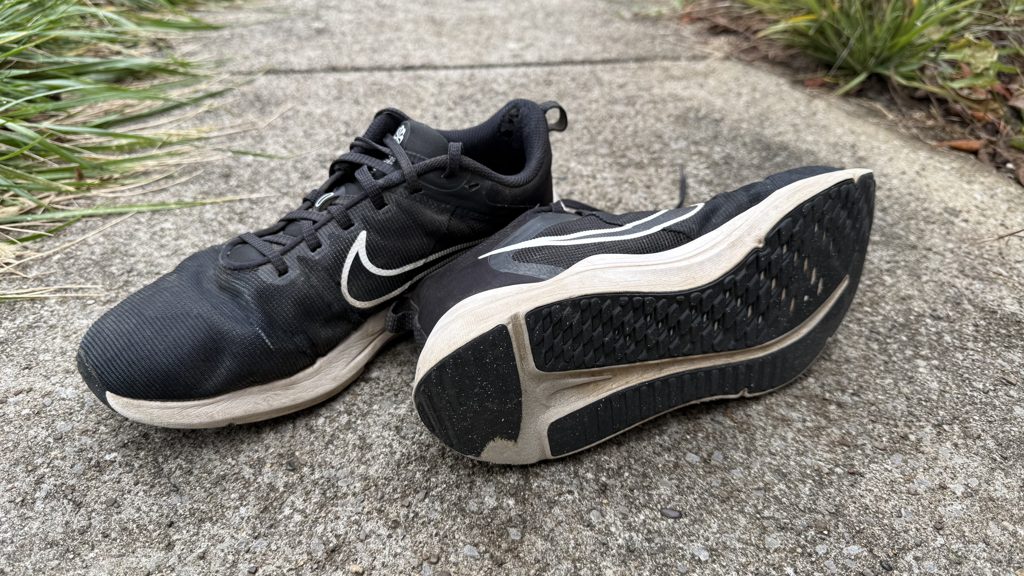
UPDATE: A dedicated runner has shattered conventional wisdom by logging over 1,000 miles on a pair of budget-friendly Nike Downshifter 12 shoes, defying the widely accepted guideline of replacing running shoes every 300 to 500 miles. This bold experiment challenges the established norms and raises questions about the longevity and performance of running footwear.
The runner, who has meticulously tracked her shoe mileage using the Garmin Connect app, confirmed that her shoes have logged a staggering 1,024 miles since June 25, 2024. Purchased for just $66.94 on Amazon, the shoes have become a surprising success story, having been used for 294 activities over this period.
Why does this matter? With running injuries on the rise, the findings could have significant implications for runners everywhere. Many athletes rely on the traditional mileage replacement rule, which often leads to costly shoe replacements. The runner’s experience suggests that durability may exceed expectations, especially for shoes designed with simpler constructions.
In her journey, she started using the Downshifters out of frustration with pricier models like the Nike Free, which often wore out quickly. She noted, “I decided I needed to find a shoe that would either last longer or would be cheap enough that I wouldn’t care.” Her decision to switch paid off, as she ended up with a pair that not only lasted but became her favorites.
Despite warnings from some reviews that the Downshifter may not be suitable for runs over four miles, the runner has consistently used them for longer distances, including a half-marathon. This real-world testing raises critical questions about existing shoe mileage recommendations and their relevance in today’s running landscape.
The runner’s experience also highlights the evolving nature of running shoes. The 1985 study that established the 300 to 500-mile lifespan guideline is now under scrutiny, as newer materials and technologies may allow for greater durability. Experts argue that the science of shoe longevity is far more complex than a single number.
With the running community divided on mileage limits—some swearing by strict caps while others report success beyond 1,000 miles—this story emphasizes the importance of personal experience over arbitrary thresholds. The runner concluded, “Injury isn’t that predictable, and neither our bodies nor our shoes will always behave in a predictable way.”
As more runners share their experiences, the conversation around shoe longevity and safety is likely to evolve. The implications of this runner’s findings could lead to a more personalized understanding of shoe performance, urging athletes to listen to their bodies rather than adhere strictly to traditional guidelines.
This story is still developing, and many in the running community are eager to see how these insights might influence future footwear designs and recommendations. As the debate unfolds, it’s clear that the relationship between runners and their shoes is more complex than previously thought, fueling the desire for further exploration in the world of athletic footwear.
Stay tuned for updates as this conversation gains momentum across running forums and sports news outlets.







